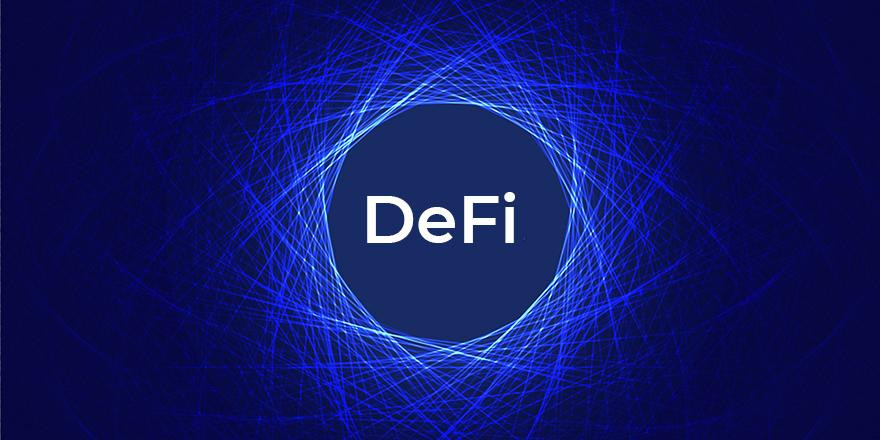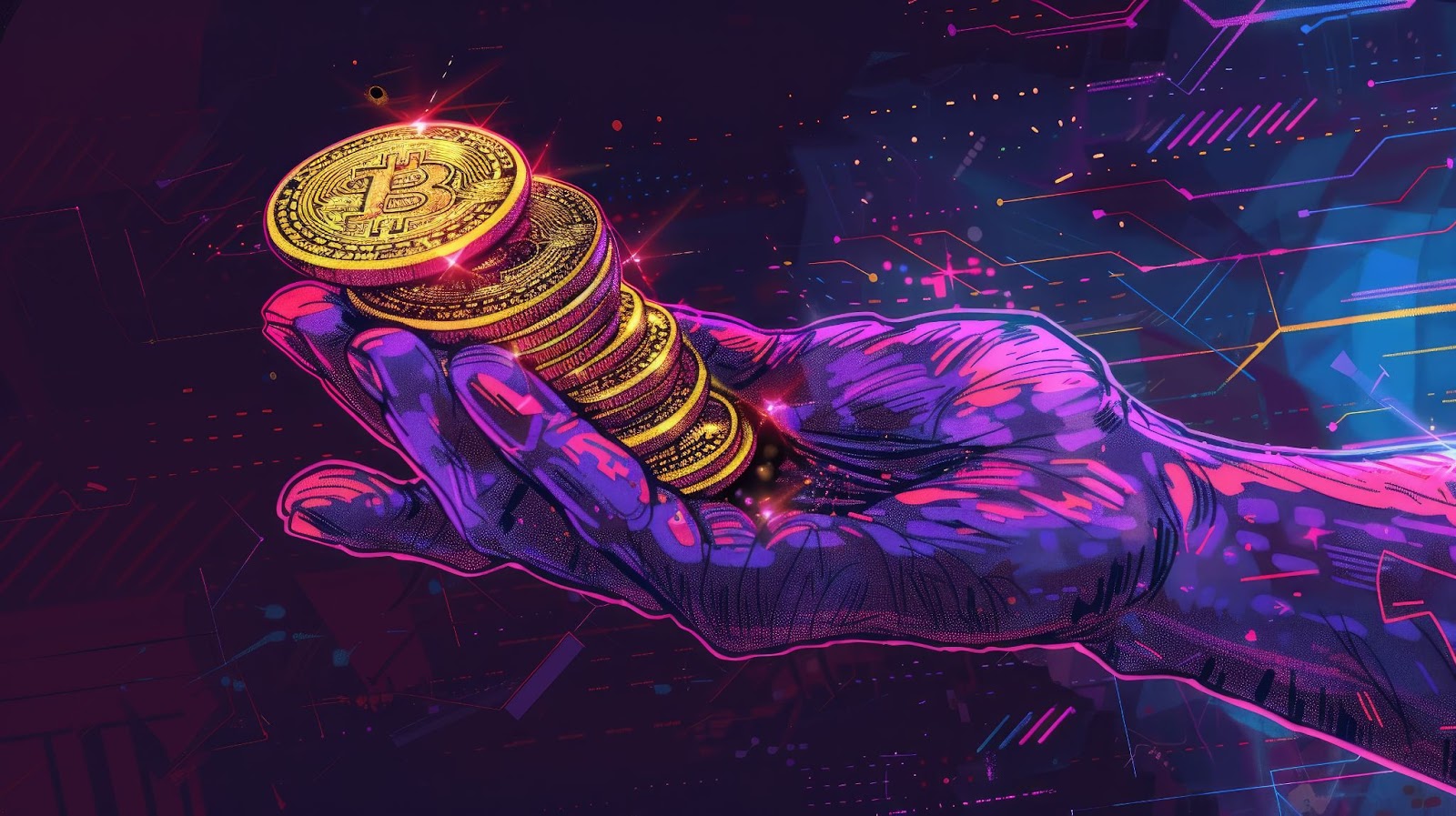Digital technologies open up new investment opportunities. One such area is decentralized finance (DeFi). This rapidly developing field allows earnings without the involvement of banks and intermediaries. However, along with opportunities, risks also arise. DeFi fraud is becoming increasingly diverse and complex. This article explains how fraudsters operate, what schemes they use, and how to protect investments in such projects.
What is DeFi and Why is This Area Attractive to Scammers
DeFi — these are financial services built on blockchain technology. Instead of banks and payment systems, special programs — smart contracts — are used here. They allow users to borrow and lend, exchange cryptocurrency, open deposits, and even participate in investment projects.
The main feature of decentralized finance — the complete absence of intermediaries. All operations are conducted directly between participants, and management is carried out automatically or through community voting. It's convenient, fast, and theoretically transparent.

But such freedom provides room for crypto scams. Most DeFi platforms are created by anonymous teams. Their operations are often unregulated by law, and the technical part is difficult to verify without special knowledge. All this makes DeFi an attractive environment for scammers who exploit vulnerabilities in the system.
Main Schemes of DeFi Fraud
There are many ways to deceive in decentralized finance. They vary in complexity, but all aim to gain access to someone else's money. Here are the main schemes scammers use:
- Rug Pull — the project team suddenly closes it and leaves with investors' money;
- Code vulnerabilities — if a smart contract is written with errors (intentionally or accidentally), funds can be stolen through it;
- Flash loan attacks — attackers take an instant loan, use it to manipulate rates, and quickly repay the loan, taking the profit;
- Fake interfaces — copies of well-known platforms are created;
- Fake tokens — new coins are created that resemble well-known ones.
After completing the scheme, attackers use complex chains of transfers and anonymous services to cover their tracks. Regaining control over the funds or finding out who was behind it is almost impossible.
Why Fighting Crypto Fraud in DeFi is Difficult
Most DeFi platforms are decentralized by nature. This means that they do not have a single owner or governing body. Project management is often carried out through participant voting, and the team may be anonymous.
Additionally, many such projects are not subject to any laws or regulations. If a user loses money, it is usually almost impossible to get it back. Appeals to the police or court do not yield results, especially if the project was international and had no legal status.
Even if it is possible to find out who is behind the project, the technical details of the schemes can be very complex. This complicates investigations, especially in countries where a legal framework for such situations has not yet been formed.

How to Protect Investments in Decentralized Finance
Despite all risks, protection is possible. The main way to secure yourself — is to be attentive at every stage of interaction with DeFi platforms. Here are basic recommendations:
- Information verification. Before investing, it is important to study the project: who created it, is the team publicly accessible, has the project been audited.
- Having an audit. Reliable platforms conduct an independent code review. If there is no security information — it's a reason to think.
- Official sources. To access services, only verified sites, applications, and wallets should be used. It is advisable to save addresses in advance.
- Risk diversification. Never invest all your money in one project. It's better to use different platforms and tokens.
- Hardware wallets. They are more reliable than browser extensions or online wallets because they store keys offline.
- Access rights control. Some platforms require permission to manage assets. Do not provide access unnecessarily.
It's important to remember that protecting investments is not only a technical issue but also a matter of common sense. If an offer sounds too good to be true, it most likely is a scam.

What Helps Reduce Risks in DeFi
In response to the prevalence of fraud, initiatives are emerging to increase security. Major platforms collaborate with auditors, implement insurance systems, and conduct bounty programs for finding vulnerabilities.
User communities also play an important role. On forums, social media, and blogs, reviews of projects, warnings about suspicious activity, and analyses of specific crypto fraud schemes are regularly published.
Some blockchain ecosystems implement transaction tracking features, which allow detecting attempts to withdraw stolen funds. Although completely eliminating risk is still impossible, transparency and user attention are gradually building trust in technologies.



